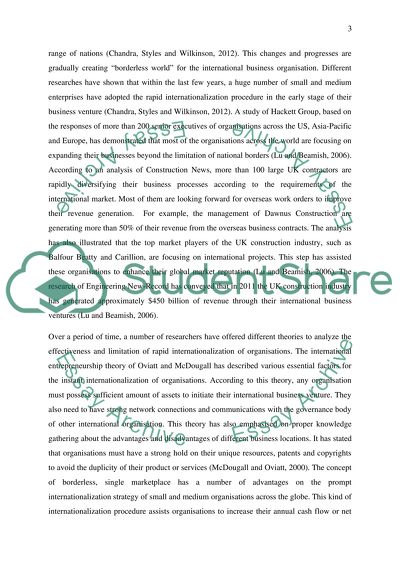Cite this document
(“Born global 03056 Essay Example | Topics and Well Written Essays - 2000 words”, n.d.)
Retrieved from https://studentshare.org/marketing/1681854-born-global-03056
Retrieved from https://studentshare.org/marketing/1681854-born-global-03056
(Born Global 03056 Essay Example | Topics and Well Written Essays - 2000 Words)
https://studentshare.org/marketing/1681854-born-global-03056.
https://studentshare.org/marketing/1681854-born-global-03056.
“Born Global 03056 Essay Example | Topics and Well Written Essays - 2000 Words”, n.d. https://studentshare.org/marketing/1681854-born-global-03056.


